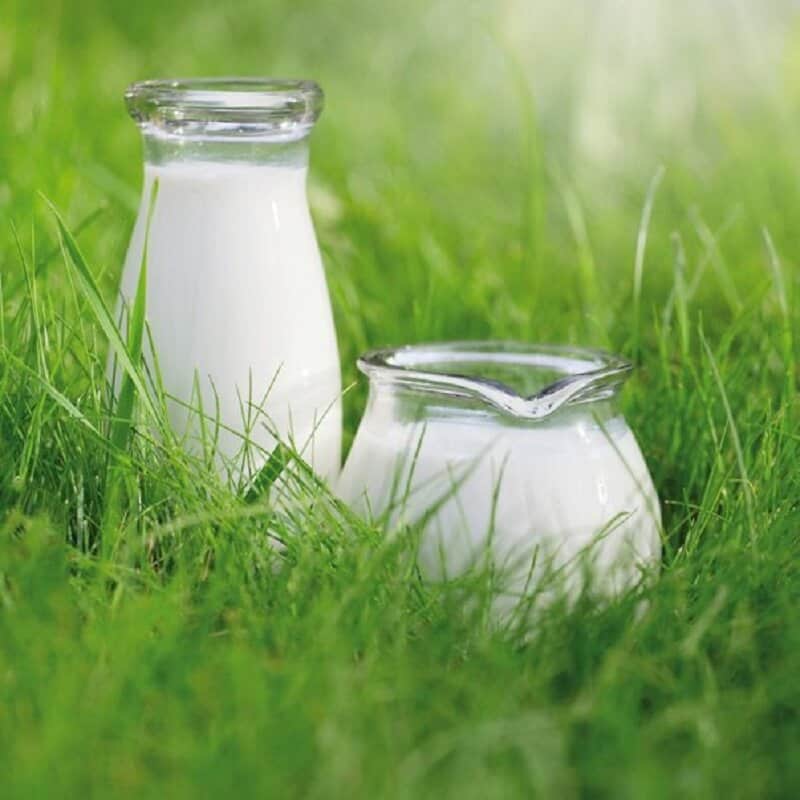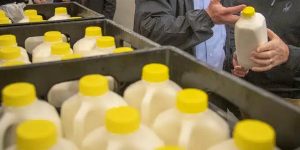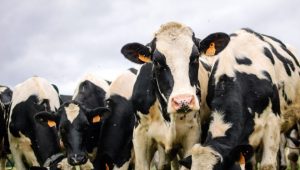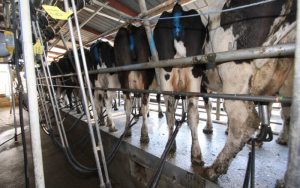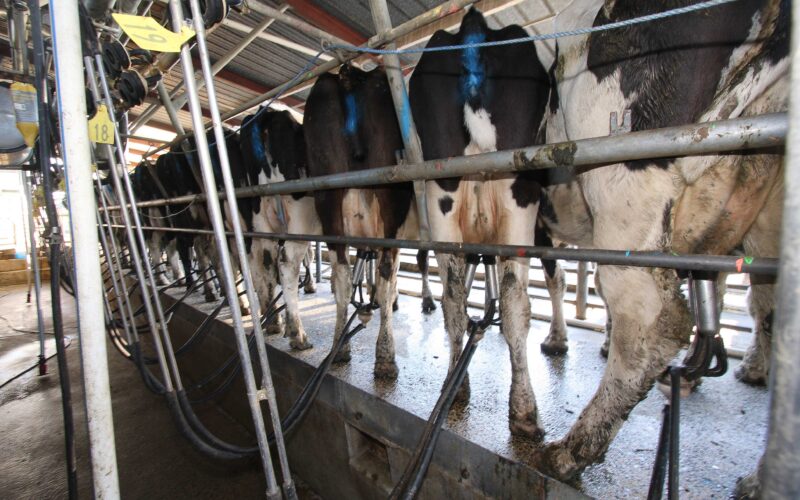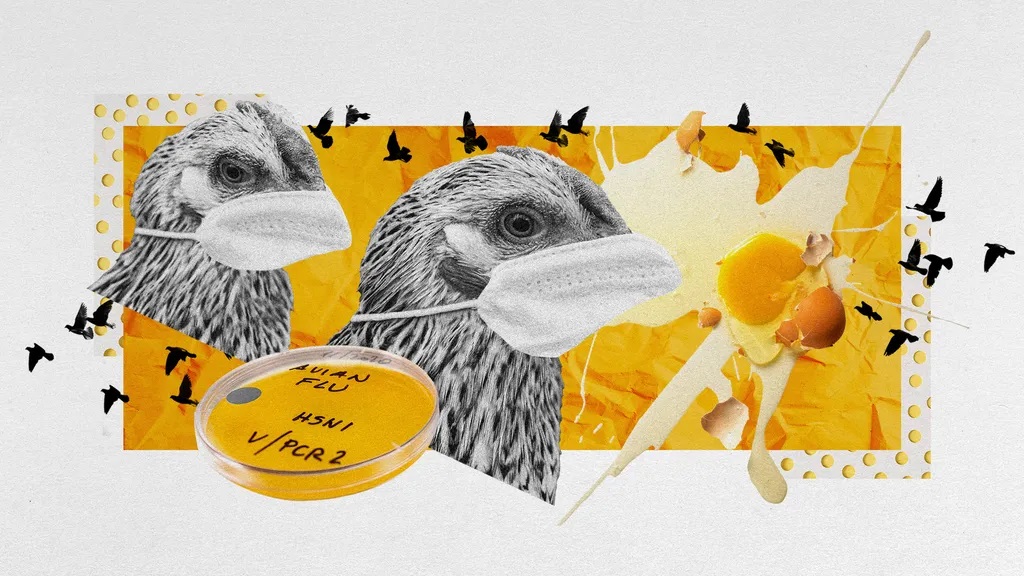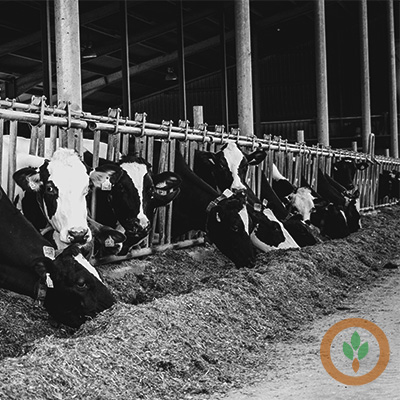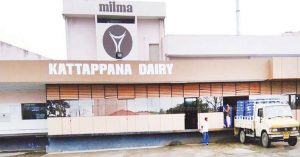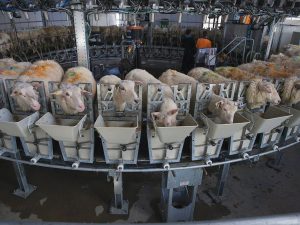The expected increase in milk and dairy ingredient production and effluent characteristics has led to a global concern around dairy wastewater (DWW) management. We speak with DuPont about the pressing issues plaguing dairy processors and its water technology that helped Arla Foods to achieve circularity on a whey concentration line in Denmark.
“The true scale of the challenge is not currently understood due to a lack of country-level data; however, it is recognized that improved wastewater treatment is crucial to enhancing the environmental footprint of the dairy industry,” says Yolanda Cuenca, global dairy technical leader at DuPont Water Solutions.
“Around the world, dairy processors remove a significant amount of water through membrane or evaporative processes, with individual sites often discharging thousands of cubic meters of wastewater every week.”
She tells us that the content of the wastewater varies according to the blend of dairy products being produced and processes involved and typically consists of trace organics, including “amino acids and lactose.”
 Yolanda Cuenca, global dairy technical leader at DuPont Water Solutions. (Image credit: DuPont).A global concern
Yolanda Cuenca, global dairy technical leader at DuPont Water Solutions. (Image credit: DuPont).A global concern
80% of the global wastewater produced is released into the environment without adequate treatment, says the United Nations World Water Development Report.
The dairy industry consumes large amounts of process water to maintain hygiene and cleanliness standards, generating highly contaminated wastewater streams. This makes “wastewater management” one of the leading environmental challenges in the sector.
Cuenca flags that the high levels of COD (chemical oxygen demand) and BOD (biological oxygen demand) frequently mean there are “regulatory challenges” when considering strategies for wastewater disposal.
The measured concentration of the wastewater may vary among different dairy manufacturing sites due to the production “mix of dairy products” produced at each location. The type of processing methods used also have an impact.
Handling insufficient awareness
There exists a need for knowledge on the amount of DWW produced in different countries, the existing legislation, the cost of the available management practices and the future challenges for achieving sustainable dairy wastewater management.
“The existing legislation and regulations around DWW can be complex and vary across different authorities. Dairy industries may find it challenging to navigate through the legal requirements, resulting in insufficient awareness,” Cuenca underscores.
Inadequate outreach about the “cost of the available management practices” and the “future challenges” for achieving sustainable DWW management drive dairy industries to primarily focus on their  The dairy plant for Arla represents a “multi-technology” membrane system using reverse osmosis, nanofiltration and a RO-polisher. (Image credit: DuPont).“core operations,” such as milk production and processing.
The dairy plant for Arla represents a “multi-technology” membrane system using reverse osmosis, nanofiltration and a RO-polisher. (Image credit: DuPont).“core operations,” such as milk production and processing.
She flags the government’s role in rectifying the situation.
“Governments can increase the awareness of local legislation through education and outreach programs, organizing workshops, seminars and training sessions.”
These programs should explain the “requirements, compliance measures and potential benefits” of adhering to wastewater regulations.
“Online resource platforms” can also be a way to disseminate information.
She further says, “Incentives and support programs also help drive compliance with DWW regulations to motivate businesses to prioritize and invest in wastewater management practices.”
Circularity in whey concentration line
Dairy producers face difficulties discharging safe wastewater post the processing of milk.
Cuenca told us that Arla Foods faced “regulatory challenges” for wastewater management since the effluent discharged by the factory was organic-rich.
“Every week, Arla Food’s facility in Denmark was discharging 1,000m3 of wastewater generated during the production of 1,450 tons of mozzarella and the cheese whey COD can range from 50,000-80,000 mg/L.”
 DuPont’s membrane treatment enabled Arla Foods to achieve “100% wastewater reuse” at its factory. (Image credit: DuPont).For Arla, this meant that treatment was required “before discharge” to avoid adverse environmental impacts.
DuPont’s membrane treatment enabled Arla Foods to achieve “100% wastewater reuse” at its factory. (Image credit: DuPont).For Arla, this meant that treatment was required “before discharge” to avoid adverse environmental impacts.
“Sending wastewater for external treatment was increasingly expensive and Arla Foods needed a solution that would be both energy-efficient and require a minimal footprint,” she says.
With the company opening new dairy plants to meet global consumer demands, handling its wastewater efficiently becomes essential.
DuPont’s membrane treatment enabled Arla Foods to achieve “100% wastewater reuse” at its factory and helped the dairy producer achieve “circularity” on its whey concentration line in Denmark.
“DuPont Hypershell elements offer considerable energy savings, typically up to 30% and their spiral-bound construction means that they offer a high surface area, reducing the process footprint,” informs Cuenca.
Tetra Pak acts as a “system provider” for Arla, improving the efficiency, quality and safety of dairy processing and production. At the same time, DuPont is its membrane technology supplier, providing “technical expertise” and supporting the wastewater reuse project.
In a recent conversation with FoodIngredientsFirst, Tetra Pak brought forward an “innovative water recirculation technology” to tackle the intensive water use in the cheesemaking sector.
Upcycling with cost savings
With climate changes and a focus on sustainability, food processors are coming forward to upcycle and recirculate resources for a better future.
The dairy plant for Arla represents a “multi-technology” membrane system using reverse osmosis, nanofiltration and a RO-polisher to achieve a process with “zero discharge.”
“DuPont membranes allow dairy processors to embrace the circular economy, transforming potential waste streams into valuable by-products and allowing wastewater to be recovered and reused,” states Cuenca. The membranes allow dairy processors to embrace the circular economy.(Image credit: DuPont).
The membranes allow dairy processors to embrace the circular economy.(Image credit: DuPont).
“DuPont’s multi-tech solution, using FilmTec Hypershell RO-8038/30 and NF-8038/30 reverse osmosis(RO) and nanofiltration membranes(NF), concentrates 65 tons of whey per hour, producing 18 tons of concentrated product (23.5% total solids).”
The NF permeate and RO polisher retentate is “recycled back” to the feed tank for reuse in various activities such as cleaning and cooling.
“The remaining 47 tons of water is then treated using FilmTec Hypershell RO-390 membranes and UV light to achieve COD values below 25 mg/L, allowing for its reuse as cleaning water,” she adds.
Embracing “water circularity” has improved the sustainability of operations while delivering approximately US$113,500 of cost savings each year for Arla.
Recently, Arla Foods told FoodIngredientsFirst that whey ingredients are considered the ultimate in upcycling, with the potential to create a range of high-value products in areas including sports nutrition, food functionality, early life nutrition and medical nutrition.
Cuenca underscores that the “reuse” of treated wastewater as process water, rinse water, CIP(clean in place), boiler feed or diafiltration water “reduces a plant’s reliance on external water supplies,” cutting operational costs involved in sourcing water and pre-treatment processes.
Upcycling is making waves around the food sector, even making inroads into the plant-based food and drinks sector, with Kern Tec presenting its non-dairy drinks and plant-based yogurts made from apricot seeds.

